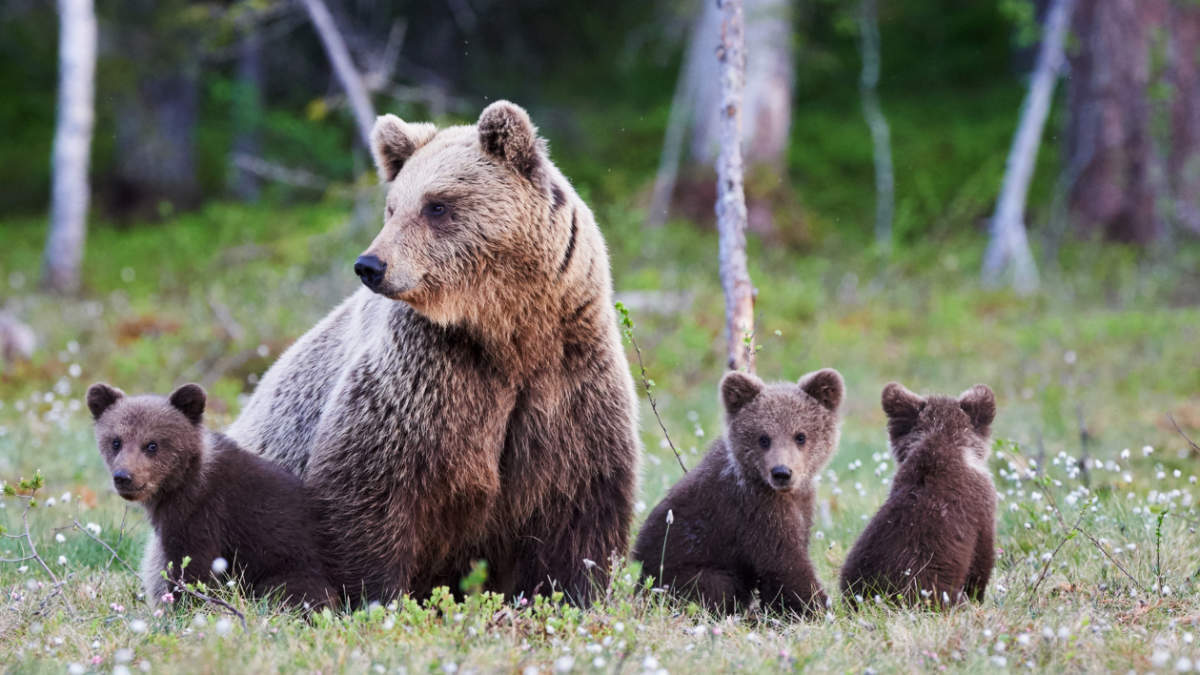White Cliff Minerals fieldwork visually identifies four large IOCG hydrothermal systems at Great Bear Lake
Groundwork at Spud Bay (north) identifies widespread copper mineralisation along a new north-south structural corridor that can be traced for 450m
Works to start at Nunavut project targeting high-grade, volcanic hosted copper-silver lodes
Special Report: White Cliff Minerals’ Great Bear Lake project appears to be living up to its name with further widespread, iron-oxide-copper-gold and uranium mineralisation observed during its maiden field program.
The company has now identified four large IOCG hydrothermal systems within the 2,900km2 project area, which sits within the highly prospective Great Bear magmatic zone and was regarded by previous miners and explorers – and the Northwest Territories Geosciences Office – as having the highest potential for IOCG-U mineralisation in Canada.
Despite this, Great Bear Lake, which is part of White Cliff Minerals’ (ASX:WCN) broader Radium Point project in the Northwest Territories, has seen little modern exploration.
This shortcoming is being addressed by the company, starting with a literature review and data digitisation exercise focused on revealing prospective and overlooked target regions that started after the Radium Point licences were secured in February this year.
A review of historical rock chips from the southern part of the project also revealed an underexplored, district scale opportunity with evidence of IOCG and epithermal-style mineralisation.
Widespread gossan after pyrite oxidation within the phyllic altered andesites of the Cleaver IOCG target. Pic: White Cliff Minerals
Growing IOCG potential
All four of the large IOCG hydrothermal systems are visibly mineralised with chalcopyrite with or without bornite and associated copper secondary minerals.
WCN highlighted the new 785m by 460m Cleaver target about 3km east of the Glacier IOCG target and immediately south of the Cleaver Fault, a major east-west trending structure.
Cleaver is a broad zone of chalcopyrite bearing alteration at surface that is indicative of a large and fertile IOCG system.
It includes large-scale, deep-seated structures with widespread earthy hematite alteration that includes uranium of up to 4,000 counts per second and secondary copper.
Spud Bay
Meanwhile, further groundwork at Spud Bay (north) has identified widespread copper mineralisation along a structural corridor that can be traced for 450m north-south before disappearing under cover.
This new structure adds to the existing 700m east-west trend and native silver occurrence discovered just 530m along strike from the historical Bonanza and El Bonanza silver mines.
WCN’s contractor Expert Geophysics has also completed the MobileMT airborne geophysical program at Great Bear Lake and has now mobilised to the company’s Nunavut copper-silver-gold project.
“The IOCG potential of this project continues to grow. As we have seen from this latest round of exploration, we continue to discover targets that represent newly identified, spatially separate mineralised systems, indicating the opportunity for multiple discoveries,” White Cliff Minerals managing director Troy Whittaker said.
“The completion of the MobileMT survey delivers another significant milestone for stakeholders. The data returned from this detailed survey is expected to work well given the outcropping mineralisation fresh rock and lack of overburden.
“We will integrate this information into our planning and in conjunction with the field observations and having a clear understanding of the topography and local onsite conditions we will have a complete and detailed understanding in readiness for our upcoming drilling campaign and various site visits that are planned.
“Adding to the excitement of these discoveries at Great Bear Lake, works will shortly commence in Nunavut where we are targeting high-grade, volcanic hosted copper-silver lodes which are prospective for high grade vein fill and bulk tonne sedimentary hosted copper deposits.”
Next steps
WCN expects assays from its sampling program in the coming weeks with all samples currently with labs for multi-element analysis.
Whittaker says the company will also start planning and preparations for drilling at Great Bear and complete first pass field activities and surveys at Nunavut.
This article was developed in collaboration with White Cliff Minerals, a Stockhead advertiser at the time of publishing.
This article does not constitute financial product advice. You should consider obtaining independent advice before making any financial decisions.
The post White Cliff Minerals finds more IOCG mineralisation at Great Bear Lake appeared first on Stockhead.






















